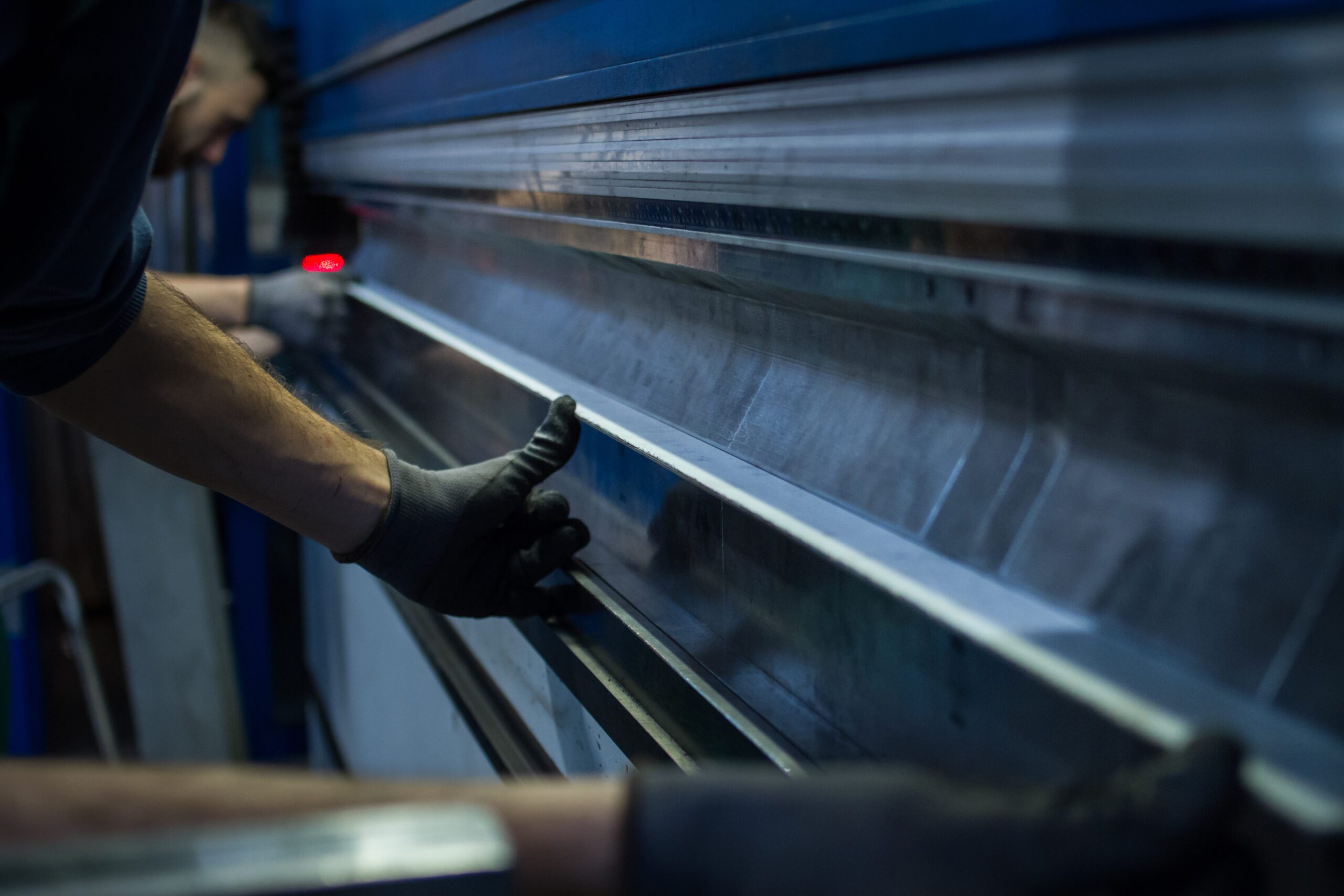What is Sheet Metal Fabrication?
Sheet metal fabrication is vital for many industries, from construction to aerospace, automotive, and beyond. It’s a refined manufacturing process that is responsible for a great number of products that you see every day.
Metal fabrication has been around for centuries, but it continues to evolve with technological advancements. From creating precision parts for machinery to metal structures for buildings and bridges, its use cases are in even more areas than you’d think.
In this guide, we’ll cover:
- What sheet metal fabrication is
- How the process works
- Different types of sheet metal & the applications
- Benefits of sheet metal fabrication
So, let’s explore and, as always, if you have questions or are interested in what we do, we at Salamander have over 50 years’ experience in sheet metal fabrication services to support your next project.
What Exactly Is Sheet Metal Fabrication?
Sheet metal fabrication is the process of turning flat sheets of steel or aluminium into metal structures or products, by cutting, punching, folding and assembling. Sheet metal can be cut, bent or stretched into nearly any shape, which is generally done by cutting and burning the metal.
Special tools, such as band saws and chops saws, can also be used in the sheet metal fabrication process. These ensure even cutting throughout the process. Cutting torches are capable of cutting large sections of sheet metal with minimal effort.
Sheet metal fabrications use press brakes, which ease the process of sheet metal fabrication, by helping to create sharp bends and angles within the metal. There are a variety of different press brakes, which have different functions and are used for different purposes.
One of the other main factors in sheet metal fabrication is welding. Once all the components are formed, they are then assembled and tack welded into position. Many welding techniques can be used in sheet metal fabrication in order to prevent warping or any other abnormalities. These techniques include covering the metal with sand during the cooling process, special straightening process, welding in a staggered manner and using a stout fixture.
Straightening defected metal can be achieved by using with an oxy-acetylene torch. Heat is applied to the metal in a slow manner to remove any abnormalities.
The metal is usually finished by being sandblasted, primed and painted. This then ensures the metal looks fantastic and then is ready to be sent to the client.
If you have an upcoming project or want more details about we can do for you, don’t hesitate to get in touch.
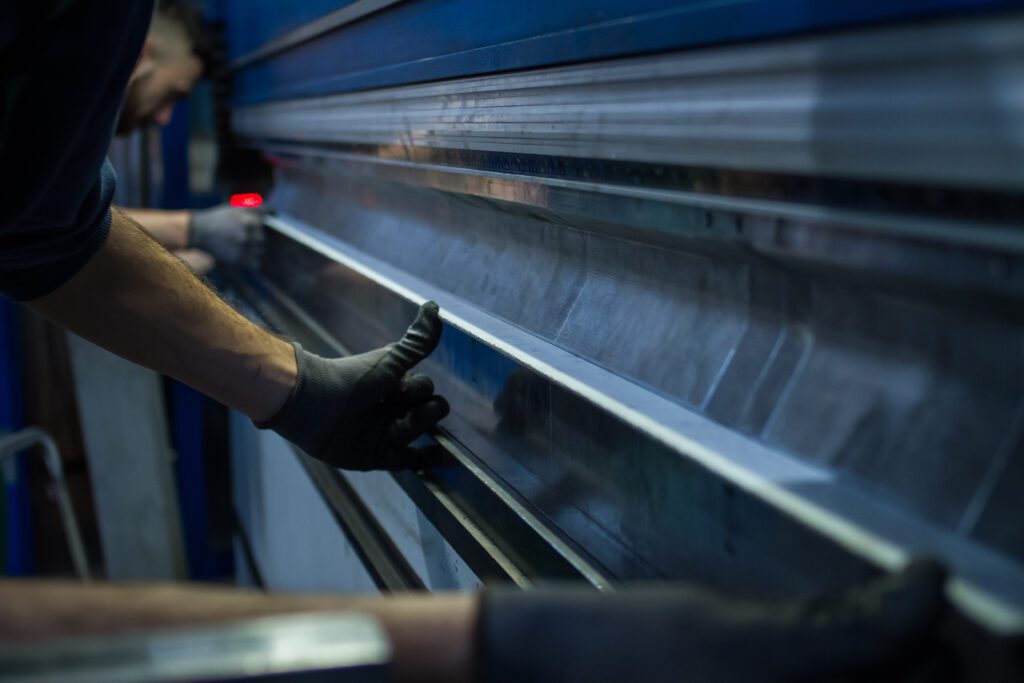
How the Sheet Metal Fabrication Process Works
Metal fabrication tends to start from processing raw materials, which are often large and thick – for example, steel, aluminium and copper. Sheet metal can be cut, bent or stretched into most desired shapes.
Here are the typical steps for how it works:
Design
The design stage is where the groundwork for the project is laid out. Designers will usually create initial sketches or 2D/3D models of the product, which may be done using computer-aided design (CAD) software or by hand.
Important factors such as the intended use of the product, the required dimensions and tolerances, and any specific materials or finishes that will be needed are mapped out before the manufacturing begins.
Cutting
Laser cutting is typically the first step in the manufacturing process. Laser cutting is one of the most precise ways of cutting sheet metal as the lasers are able to follow the programmed design and cut through the material accurately.
Bending
The bending process is known as CNC folding and is a practice that can be completed using a variety of machines. For example, a manual press brake or automated panel bending machine.
The machine forms the metal part by clamping the sheet metal and applying pressure to maintain the desired curvature.
Forming
The forming process bends or deforms the material into the required shape. Different from cutting, which subtracts the material, forming actually reshapes the material without decreasing any of its mass.
Welding
There are a variety of welding techniques that can be used when working with sheet metal, including MIG welding, TIG welding, robotic MIG welding and spot welding.
- Metal inert gas (MIG) welding: A typically fast welding option that is better for thicker materials.
- Tungsten inert gas (TIG) welding: Offers greater control and precision than MIG. Best for thinner materials. You may also see it referred to as gas tungsten arc welding (GTAW).
- Robotic MIG welding: This is an automated version of more traditional MIG welding.
- Spot welding: This follows an electrical resistance welding process.
Finishing
Finishing is the last step when preparing metal products for use and makes products more resistant to corrosion, adding another layer of durability. It also helps make the surfaces look appealing.
Common finishing touches could include surface preparation, polishing and powder coating in a choice of colours, anodising, passivation, and laser marking (such as logos or etching some text).
Assembly
In a sheet metal fabrication project, assembly refers to the assembling of the required products before they are packaged and delivered to where they need to be.
At Salamander, we can act as a subcontractor to provide individual parts or carry out full-service electro mechanical assembly to bring you a complete ‘end product’.
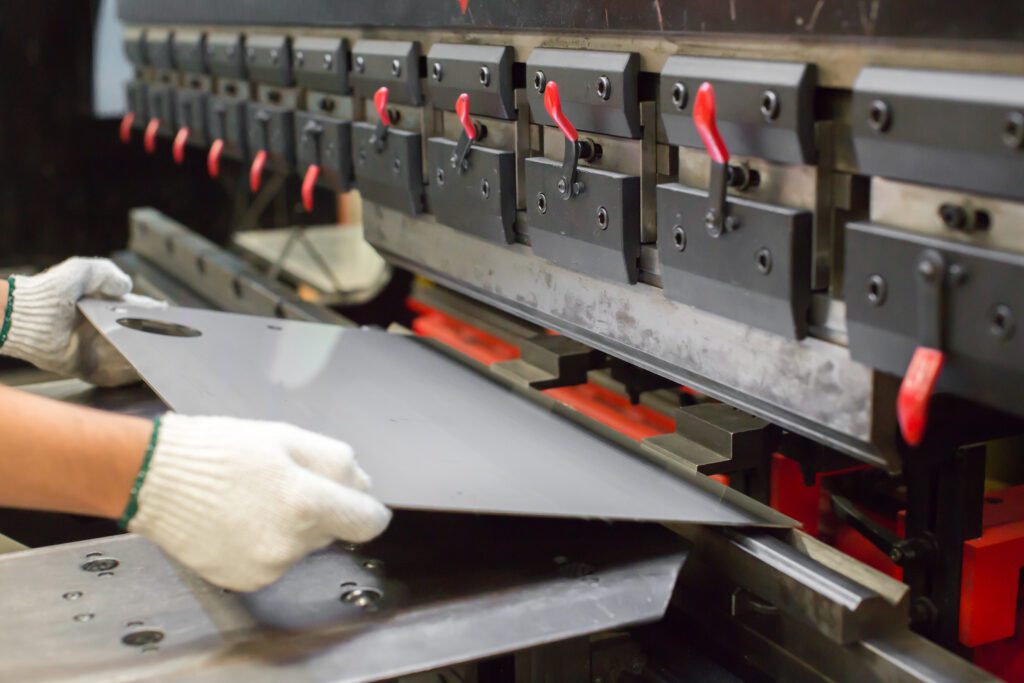
Major Types of Sheet Metal
- Aluminium: Used for automotive parts, electrical devices, and cooking vessels. Offering numerous benefits including a good strength-to-weight ratio, and high conductivity.
- Aluminised steel: This metal combines the high strength of carbon steel with aluminium’s superior corrosion resistance. Sheets of aluminised steel are used for products intended for high-temperature environments, such as kitchen appliances.
- Carbon steel: Carbon steel is used in the industrial and consumer markets for a range of products. It is a steel alloy that contains carbon, resulting in the material increasing in hardness and strength when it undergoes heat treatment.
- Copper: Examples of products made from copper are sinks, roofs, rain gutters, and doors. Copper features higher electrical and thermal conductivity in comparison to aluminium but can be more expensive.
- Galvanised steel: Sheets of galvanised steel tend to be used for making automobile bodies, water pipes, fences, roofs, and staircases. It is made by coating steel with zinc through a hot dipping process, helping to make it more corrosion-resistant.
- High-strength steel: Military armour plates tend to be made from sheets of high-strength steel. The material is produced by alloying steel with a range of elements such as carbon, manganese, and copper. This helps to improve its hardness.
- Stainless steel: Used for kitchen vessels, storage tanks for chemicals and food processing machinery. Stainless steel offers superior corrosion resistance, fire and heat resistance, strength-to-weight ratio, and manufacturability.
- Titanium: Typical products made from titanium include aviation parts, medical equipment, and construction elements. It is primarily used for its high strength-to-weight ratio and corrosion resistance. It is also recyclable.
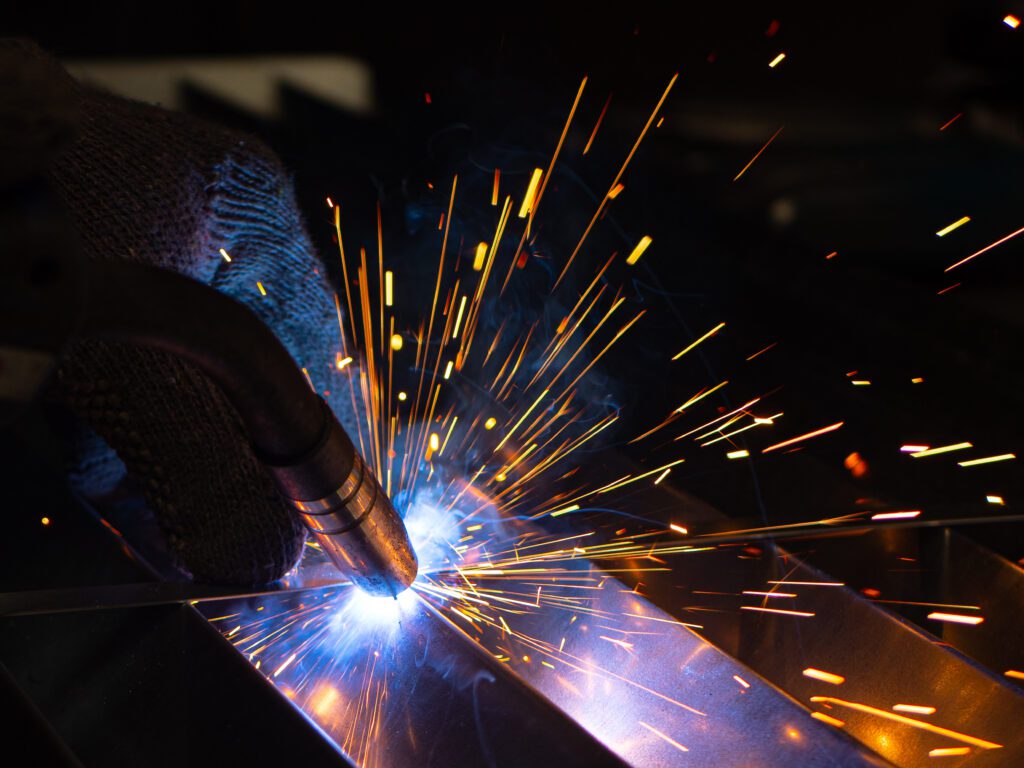
Applications of Sheet Metal Fabrication
Whether for structural purposes, decorative elements, or functional components within other products, many different industries rely on sheet metal fabrication.
Let’s take a closer look at its variety of common use cases.
Kiosks, vending machines & enclosures
Vending machines and kiosks bring in significant revenue for many customer-facing companies – for example, gyms and leisure centres. This is why care needs to be taken in their construction.
There are a large number of individual components needed to go into building these types of machines, which is why they require the application of sheet metal fabrication.
Construction & Security
The construction and security sectors use the application of sheet metal fabrication for products such as security doors, guard rails, security grills and bespoke security enclosures.
Retail
Creating appealing visual merchandise, as well as product displays, in the retail sector requires sheet metal fabrication.
Sheet metal fabrication can help create a wide range of retail display units for different retail clients, retail spaces and shop displays. For example, bar displays, retail display cubes, portable displays and point-of-sale stands. These products need to be eye-catching and highly functional.
Science, medical & food
Particularly the scientific, medical and food industries utilise sheet metal fabrication to create products found in commercial and industrial kitchens such as worktop surfaces, storage units, and sinks.
Stainless steel tends to be the material of choice for many applications in the food production and preparation industries.
Transportation
The transportation sector uses thousands of different products made using metal fabrication. For example, emergency vehicles rely on sheet metal fabrication for the construction of products such as glove-box enclosures, side steps, door-handle mounts, and steel surrounds for tail-lift doors.
Sheet metal fabrication is an excellent method for creating parts both large and small that can go into vehicle construction. On top of that, safety rails on building sites, ladder hatch trap doors, and stair-safe products are constructed through sheet metal fabrication.
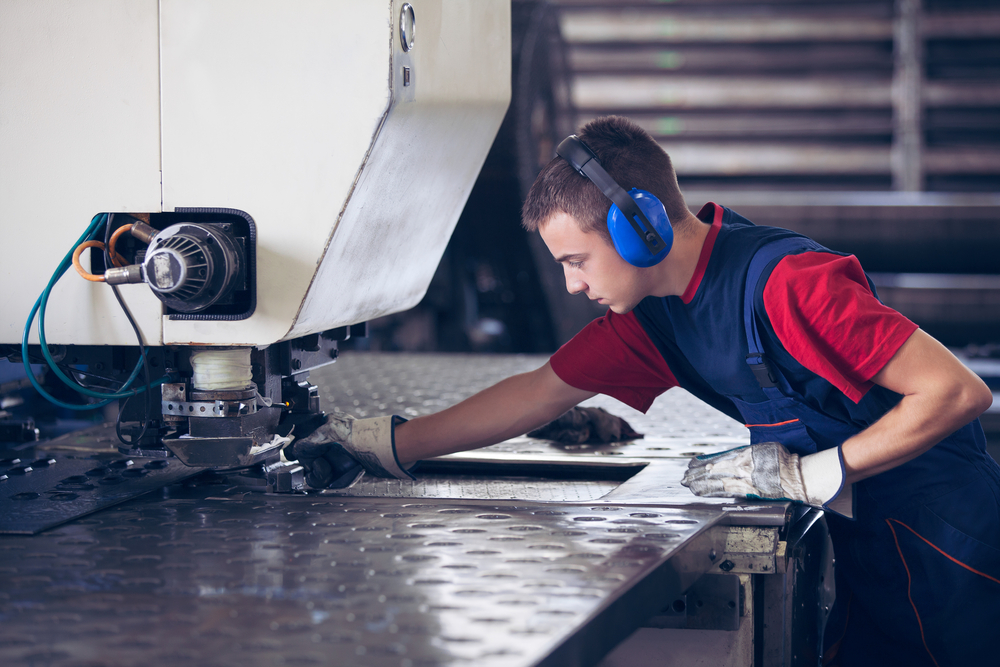
Benefits of Metal Fabrication
Sheet metal fabrication offers many benefits, but the three main benefits are:
- Strong & Durable: When looked after well, metal fabrications can last many years without needing to be replaced, making them great for projects that require long-term durability.
- Versatile: It can be used for a wide range of different-sized projects, making them a valuable asset for many businesses as well as for individuals.
- Easily maintained: Metal fabrications are not susceptible to rust or corrosion and are resistant to fire and heat, making the process great for industrial and commercial settings.
The Go-To Choice for Sheet Metal Fabrication
We are a full-service sheet metal fabrication company that works with organisations all over the country to create high-quality fabricated metal products with an exceptional customer experience.
We pride ourselves on our ability to offer both end-to-end sheet metal fabrication and sub-contracting services. We have been the UK’s chosen choice for sheet metal fabrication solutions for over 50 years, and our plan is to keep it that way with guaranteed quality every time!
To learn more about the work we do or to get started with your next project, please don’t hesitate to get in touch with our friendly sales team on 01484 843599 or at sales@salamanderfabs.com.
